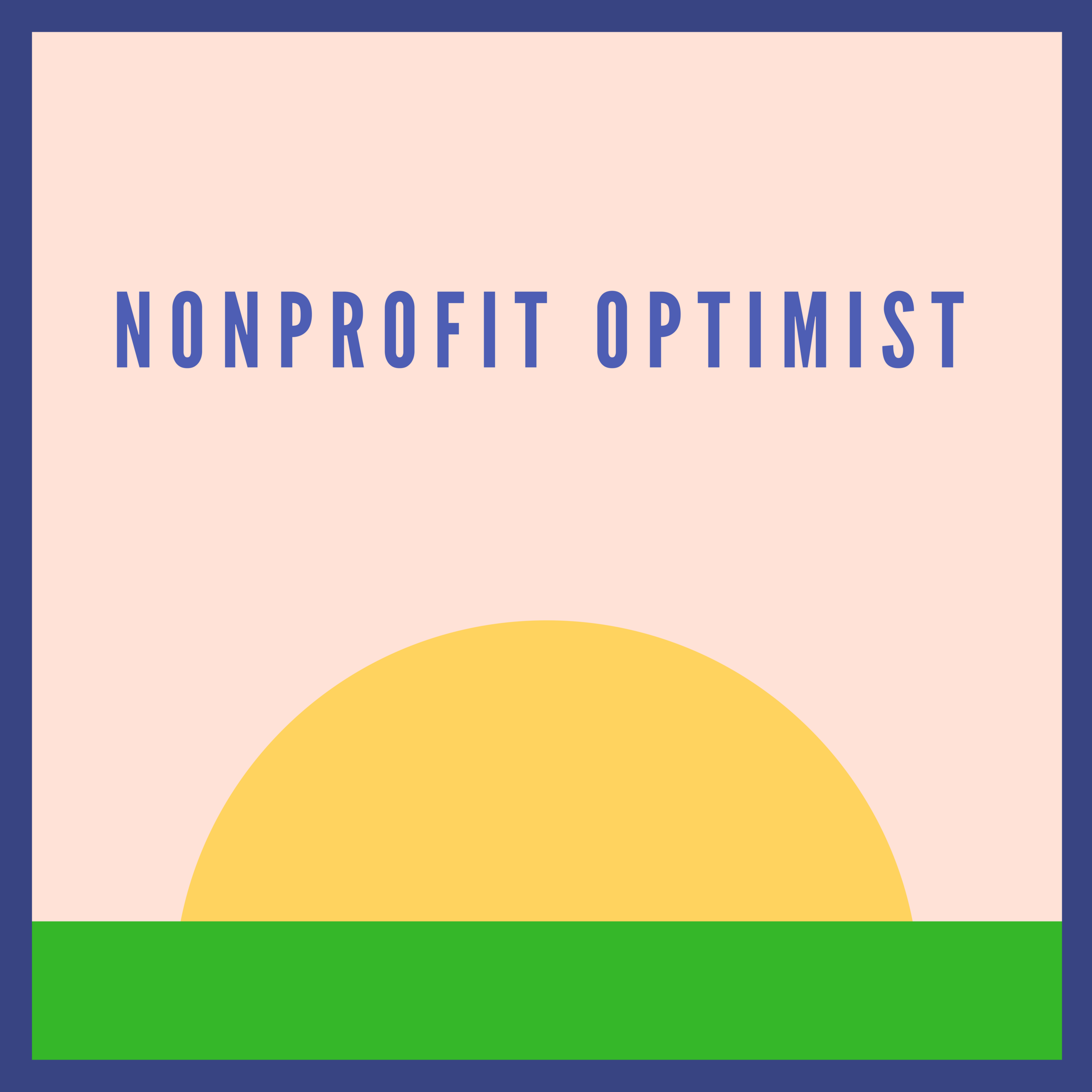NPO 033: Event Planning for Small Nonprofits (Carrie Collins-Fadell, Brain Injury Alliance of Arizona)
Today's Guest: Carrie Collins-Fadell
Carrie is proud to serve as the executive director of the Brain Injury Alliance of Arizona, the only organization in the state of Arizona dedicated to providing life-long resource, community support, and empowerment activities for survivors of brain injury. In this role, Carrie leads and works with a staff of 9 responsible for state-wide programs, educational outreach, fundraising efforts, and two educational conferences. Their state-wide support line serves over 3,000 individuals a year. Within the nonprofit world, Carrie has also worked for the United Way and for the Alzheimer's Association.
Nonprofit Spotlight: Brain Injury Alliance of Arizona
The Brain Injury Alliance of Arizona (BIAAZ) is a nonprofit membership organization that includes people with brain injuries, and their families, friends and service providers. They are a chartered state affiliate of United States Brain Injury Alliance. (http://usbia.org/) BIAAZ is dedicated to working to prevent brain injuries and enhancing the quality of life for brain injury survivors and their families.
Lessons Learned:
In our conversation, Carrie shares her expertise in event planning for small nonprofits. Some of the key lessons she has learned through her work are outlined below:
- Learn from others - steal and scale
- Take good ideas and right size them for your organization and community.
- Identify goals - financial, participation, and feeling.
- Key components that allowed them to be successful:
- Working with a professional company.
- They helped with the logistics of the race itself.
- Make sure you're not competing with similar events or events targeting the same community.
- Check the calendar for other races, etc.
- Getting co-chairs and an event committee.
- Create a system of sustainability that allows for co-chairs to stay on the committee to help future co-chairs with planning the event.
- Engage strong volunteers or strong advocates in this role.
- Passionate everyday people
- Getting 2 people involved encourages it to be more fun because they can play off the other co-chair.
- Small but mighty committee who each take on specific roles.
- Event sponsors:
- Start with the people who like you.
- Previous sponsors... emphasize the excitement of this new event.
- Sitting down with board members and volunteers to ask who their connections will be. Where do you work? Where does your brother work?
- Get buy in from these key volunteers.
- Have them give input on the materials itself.
- Start with the people who like you.
- Working with a professional company.
- Identify ways to make it fun and social -- Teams!
- They've engaged the police, firefighters, and celebrities and then encouraged others to join those teams.
- Each individual still registers, but then provides a fun angle to say that they're supporting their affinity group or that they're on the same team as a celebrity they admire.
- Online auction:
- An alternative to an in-person auction.
- Half the people with winning bids are completely new to their organization.
- They use Bidding Owl.
- In order to do this, you need a large base to be successful. They had 9,000 emails prior to starting their auction.
- Big ticket items:
- Stay-cation - package smaller gifts into a larger gift item
- Golf packages
- Suites at sports games
- Sports memorabilia
- An alternative to an in-person auction.
- Seeing the patients as master teachers.
- Important lessons they've learned from patients:
- Addressing the whole family: We have to treat the whole family-- the child who is a patient is not the only one that needs attention.
- We have to recognize the social stigma and find ways to address it.
- This led them to create their Buddy Program, creating the social network to better support the patients.
- In creating the Buddy Program, they also inadvertently created what some parents have now called "the best compassion training" as these young children are gaining insight into how to better understand people who have different abilities than themselves.
- Growth is only available when everyone is seen as equals-- from patients to care-givers. The best way to show this is to listen deeply.
- Important lessons they've learned from patients:
Find Brain Injury Alliance of Arizona online:
- Website: https://www.biaaz.org
- Social Media:
Consultation Offer!
Could you benefit from a 30 minute phone conversation with another nonprofit professional to brainstorm or work through an idea? Or have you ever thought about having a podcast for your nonprofit? If you answered yes to either of these questions, click the link below to learn more!





